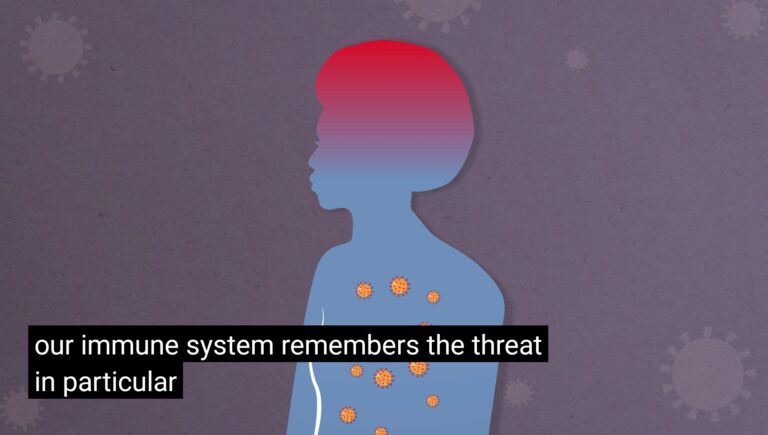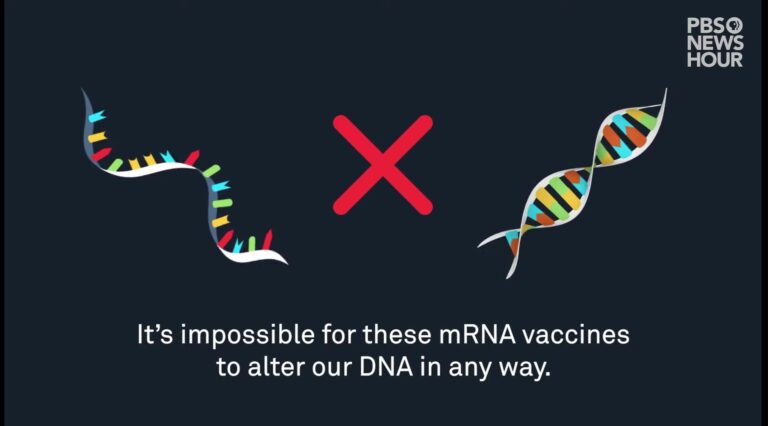Closed Captions vs Open Captions: What’s the Difference?
Media plays an ever-increasing role in our day-to-day lives – especially videos. Technology has developed so rapidly over time and is easily accessible for the majority of the world. Over the dreaded COVID period, it has proven to be extremely useful, especially whilst many of us were stuck at home. Many of us have decided to better ourselves by learning a new skill or even furthering our education. Have you ever struggled to understand the specifics of what the video was talking about? Or perhaps they reference a brand, website, or name and you can’t help but think – “How on earth do you spell that?” This is where captions come in.
What are Captions?
Captions are a way of displaying text on the television, video screen, or other visual display to help people comprehend what is actually being said. Whether you’re watching a movie or you’re binging the hottest TV series, they most likely have captions. In fact, they’re commonly found on just about every video service provider worth their salt! There are two different types of captions, but the ones you are perhaps more familiar with are closed captions.
Two Types of Captions
1. Closed Captions (CC)
Closed Captions (CC) are the more mainstream and are quite commonly referred to as ‘subtitles’. In essence, they are accurately timecoded text files that go hand in hand with the video file. When there is spoken audio, the text is displayed. Most TV broadcasters use them to help their content become more accessible to deaf and hard-of-hearing audiences.
Most video platforms support closed captions, the largest one being YouTube. One of the main benefits of using closed captions is that they can be turned on or off at the viewer’s discretion.


2. Open Captions
Open Captions are pretty similar to closed captions (CC). The most significant difference is that they are embedded into the video. This means that if the viewer didn’t want to view the captions, they wouldn’t have the option of turning them off.
Whilst at first glance, this may seem disadvantageous, it does have some great uses. When scrolling down social media feeds like Facebook, the majority of videos are watched on mute. It is highly advantageous to use open captions for this kind of scenario because even though the video is not being listened to, the viewer can still comprehend it. Another significant benefit of open captions is that you can adjust the font, font size, font color, and positioning of the captions.
Closed Captions vs Open Captions
Both types have their advantages and depending on where you are uploading your media will depend on which type of caption would benefit you the most. If you are uploading to a social media website like Facebook, Instagram, or TikTok, we highly recommend that you use Open Captions. While scrolling down social media feeds, your viewers are likely watching your videos without any sound. A recent study showed that a staggering 92% of people view videos with their sound off – that’s 92 out of every 100 people! If you upload to a video platform like YouTube, we would highly recommend using closed captions. There are numerous benefits to using closed captions on these kinds of platforms but to name a few:
- Improves your exposure and accessibility
- Viewer engagement is enhanced
- Increases the likelihood of being watched and watching from start to finish
As we have gathered, captions are almost essential in today’s environment. They benefit our videos in more ways than we even realize – whether you’re a viewer or a content creator, there are many advantages to be had!
How can Captions benefit your Viewers?
One of the common misconceptions of captions is that they are only for people hard of hearing. This is most certainly not the case and they are in fact becoming increasingly popular around the world. Media content is widely accessible and undoubtedly you watch some form of it – whether it’s binging a series on Netflix or watching your favorite YouTube vlogger we all watch videos.
Have you ever had it where something is said and you’re like – “Huh?”. Captions are amazing for improving comprehension, giving our tireless brains another avenue to process the information. Learning a new skill or enhancing your education becomes easier when you have access to online video content, but as a viewer no doubt you’ve encountered the situation where you can’t keep up and need to rewind a few times. Captions enable us to absorb information easier meaning we can master that course that much faster.
How can Captions benefit you as a content creator?
Yes, that’s right, they benefit you as a content creator just as much as they benefit your viewers!
If you upload your videos to a video platform like YouTube, it has been proven that accurate, well-written, and grammatically correct Closed Captions significantly increase your SEO.
When creating content for the world to see, making your content more accessible is a significant factor. Did you know that of the world’s population, 93% don’t speak English as their primary language and 5% are hard of hearing? That’s a large audience to be missing out on!
Increasing viewer engagement is an essential part of building a successful brand. Captioned videos have an increased viewership of 40% and encourage more likes, shares, and comments.
If you are publishing videos that are intended to educate people, whether it be an online class, a medical seminar, or a course on cryptocurrency, having the written form has been proven to be highly beneficial. This is because it enables us to comprehend things a lot easier than just mindlessly watching a video. Our brains work in different ways but having the option of captions opens up another avenue for people to learn easier.
How can J Dee Media help you?
J Dee Media have an actual team of highly talented human captioners with a wide range of specializations. We firmly believe that everybody should have access to high-quality content regardless of their situation. We aim to help content creators make their content more accessible by providing accurately transcribed, well-timed captions for their videos. Perhaps you’re thinking even bigger than local content? Great, because we also offer a specialist translation services meaning that you’re no longer limited to just English speakers! If you think we can be of any assistance, contact us today!
